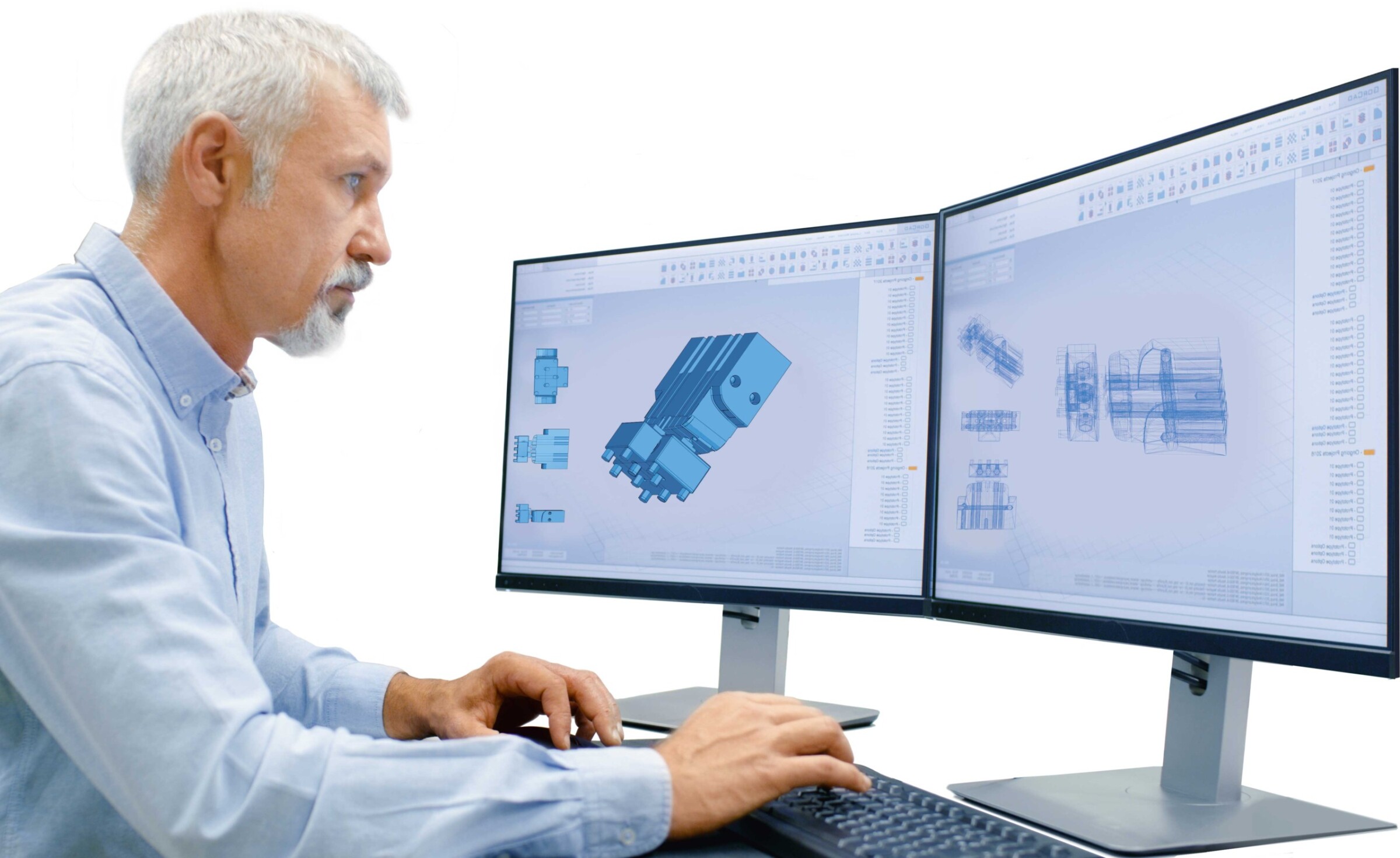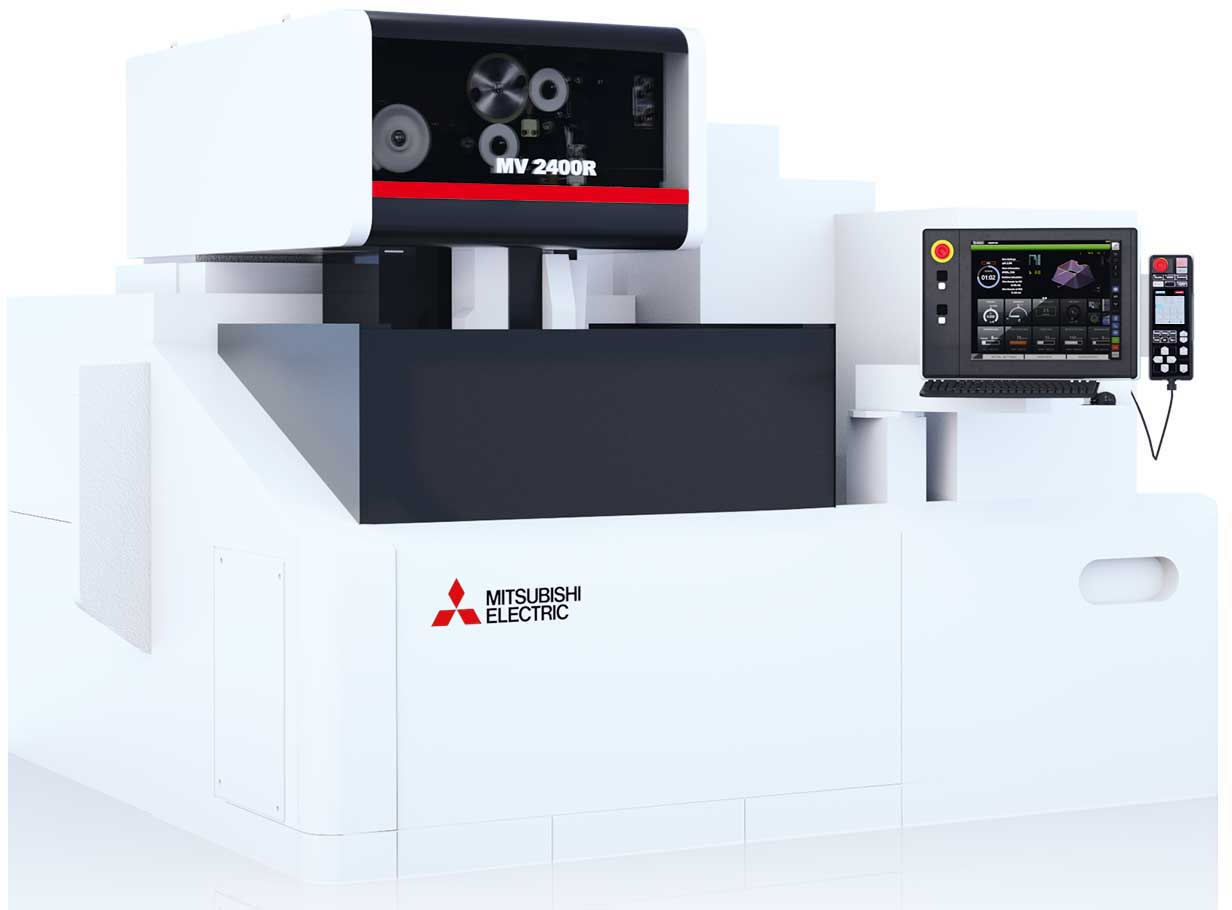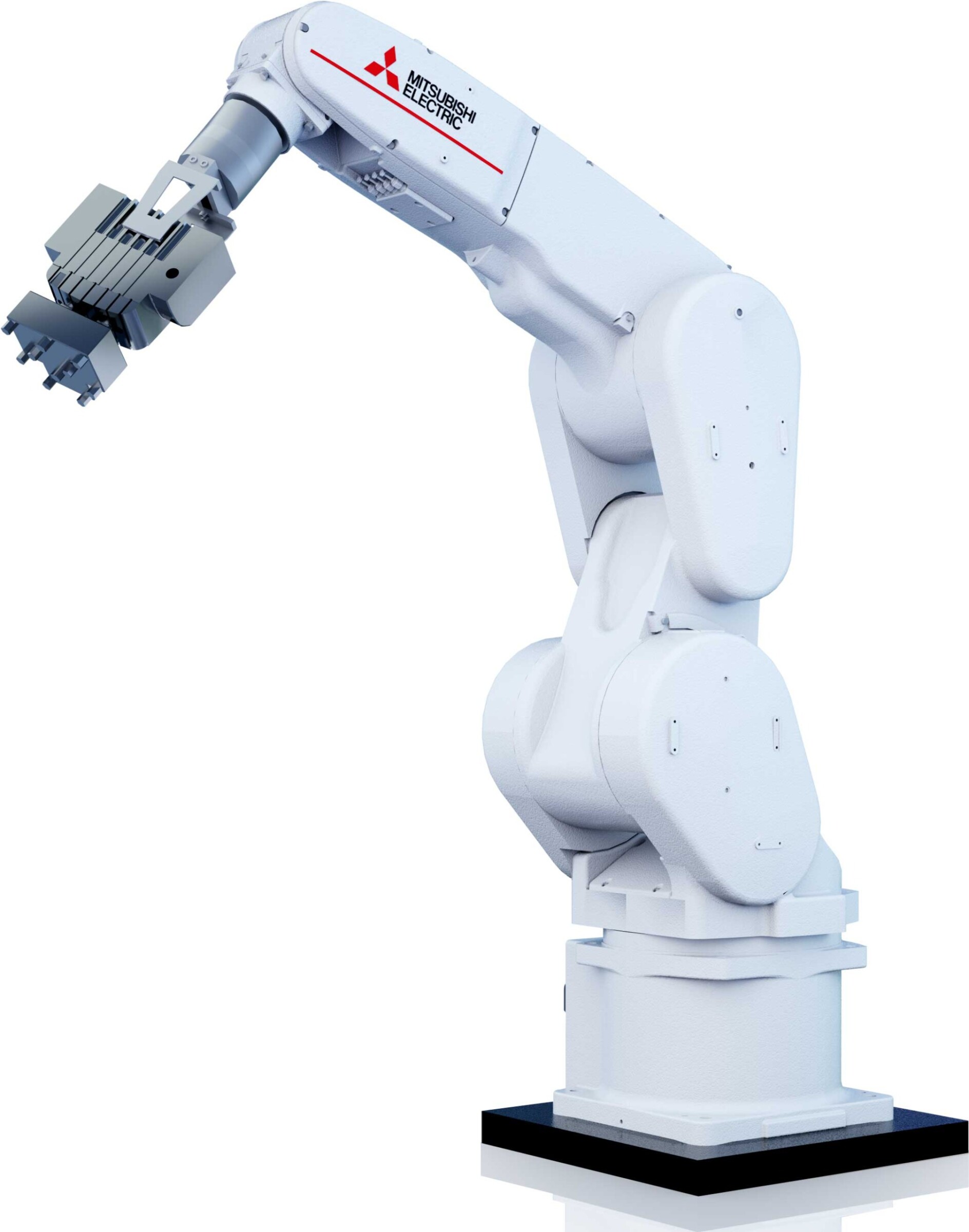
Industry 4.0 is a big talking point. But what does it really entail? The idea is that, as a benefit for the customer and consumer, the individualised product should be available within minimum delivery time. Although it requires, on the one hand, great efforts on the part of industry, it nevertheless opens up undreamt-of opportunities for internationally competitive production at a cost-intensive location such as Germany.

Fast track to individualisation.
The point of digitisation is to enable companies to become more efficient, flexible and productive. And this will also be absolutely necessary from now on. This is because consumers increasingly expect to receive a product tailored precisely to their needs and preferences within the shortest possible time – something barely achievable with the currently widespread methods of industrial (mass) production.

Machines and workstations comprehensively networked for data communication accelerate the subsequent production processes.
That’s why experts all over the world are working to largely optimise processes in industrial companies along the same lines as in the retail sector. A product’s route from the order to design and production through to delivery is to be digitally served, controlled and monitored. In this country, strategies of this kind are referred to as Industry 4.0 and are designed to enable companies to manufacture individualised single items just as quickly and economically as the mass products common today.

Digital twin
This requires a comprehensive strategy. All processes in all organisational areas of a company have to be optimised and digitised. This begins with the design and engineering of the products, and to this end engineers and technicians work with a variety of computer-aided technologies. These cover the design and detail engineering (3D-CAD), the calculation and design of strength as well as static and dynamic behaviour (CAE, FEM calculation), the programming of the production equipment (CAM), the planning and preparation of production (PDM) and the test and measurement procedures for quality assurance (CAQ). These extensively digitised processes are networked with each other, resulting in a comprehensive digital model of the product being manufactured. Consisting of a multitude of important data and information, this model is also known as the ‘digital twin’. The product initially exists only virtually, although all of its properties and characteristics are already known. So the consumer can already see his product – in a three-dimensional virtual realm – even though it has not yet been manufactured. In this digital model, features can still be varied flexibly and at short notice, enabling the product to be adapted to individual wishes and requirements in this way. The resultant data model can be used in the digital environment to quickly and reliably derive all instructions and process specifications for subsequent production.

Fast and cost-effective production of single items.
Machines and workstations comprehensively networked for data communication accelerate the subsequent production processes. Single items can be produced with ease. This is because the machines and the specialist personnel each receive the very latest data on the manufacture of the various personalised items without delay, along with all the information on the tools and auxiliary equipment required. These data are available at terminals and computer controls. For the production steps already accomplished, operators and machines each report data on operating states and results back to the central production planning and monitoring system. Thus, the path from the individual component to the fully assembled product can be tracked at any time using the digital information. The data collected are also analysed by specialists, and future production processes are continuously optimised on the basis of the findings. Finally, quality assurance records the real data of the entire product at measuring and test benches. Quality assurance is also integrated into the networked structures and receives specifications from design and engineering, which it compares with the actual values generated by the inspected product. In this way, each manufactured product receives an individual data record as a stamp and lifelong identification mark, as it were.

Finished product with individual data record.
The manufactured products themselves will also benefit from digitisation, if available, and are endowed with abilities that were previously considered unthinkable. This applies in particular to individualisation. With the aid of software functions, a multitude of functions and features can be introduced with minimal effort. Household appliances and similarly complex products, for example, will monitor their own operating states at all times with the aid of sensors. Using extensive data communication, e.g. via the Internet, these sensors transmit the data to the user and to the manufacturer. On the latter’s site, specialists – and in the future also automated algorithms – will use this information to identify and analyse the current product status. The user benefits from high availability and a fast, cost-effective after-sales service.
Contact between customers and manufacturers will also be significantly affected by ongoing digitisation, and they will communicate much more efficiently and flexibly with each other and react to changing wishes. For example, utilising links via the Internet, users and customers will be able to input their information on the desired individualised product directly into the product design and production planning systems. Using the data digitally generated by the manufacturer – the digital twin – they can then view the desired product a very short time later and place their order for it. Thus, to a large extent, it will be possible to flexibly manufacture individualised products. Thanks to sophisticated algorithms and production planning software, manufacturers will be able to specify the exact delivery date as soon as the order is accepted. As a result of digitised production processes, they will then be able to produce and supply one-off items within the shortest possible time.
Only the digitisation of all processes will facilitate these far-reaching advances in contact between customers and manufacturers. However, companies structured in this way will have no difficulty in manufacturing and supplying single products economically and competitively. And, very soon from now, this will be an essential factor for survival on the world market.
Name of company:
Mitsubishi Electric
Fields marked with a * are mandatory.
Mitsubishi Electric Europe B.V.
German Branch
Mitsubishi-Electric-Platz 1
D - 40882 Ratingen
Sales
Tel.: +49 (0)2102 / 486 - 6120
edm.sales@meg.mee.com
Service
Tel.: +49 (0)2102 / 486 - 7600
edm.hotline@meg.mee.com
Applications
Tel.: +49 (0)2102 / 486 - 7700
edm.applikation@meg.mee.com
Spareparts
Tel.: +49 (0)2102 / 486 - 7500
edm.parts@meg.mee.com